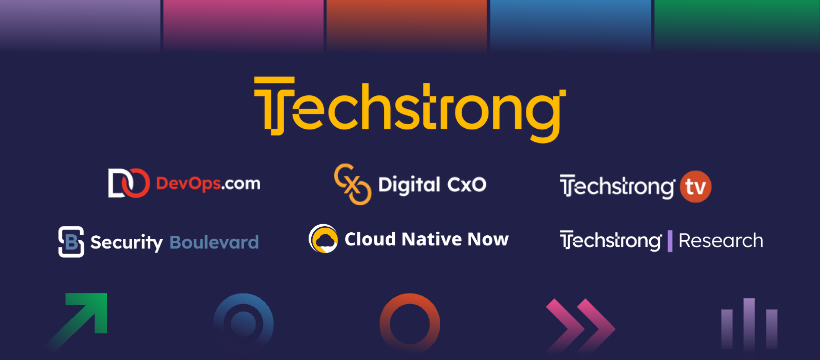For years, we’ve talked about the cloud as a destination, a place to which many organizations are striving to migrate their business applications in hopes of realizing numerous benefits: cost, efficiency, scalability, innovation, and more. Some may even refer to the move to cloud as a “journey,” but even journeys have an end. We now see that adopting cloud does not have a theoretical end, it’s more akin to a “lifestyle,” one in which we continuously optimize our software to be more economical, performant, and resilient. Hence, CAST is evolving from producing insights on application “cloud readiness” to application “cloud maturity.”
The cloud native lifestyle
Sure, there are tons of new software applications being born in the cloud or developed as cloud native from the ground up. But what about all the legacy systems still being migrated from on-premises data centers to the cloud? These systems are often the “brains of the business” supporting billions of dollars in revenue and operations.
A recent report by McKinsey showed that the majority of survey respondents expect to have just half of their applications in the cloud by 2025 with 54% of this via the simpler “lift and shift” approach in which the software is not modified. It is simply being rehosted from an on-premises data center to a public cloud without any changes. That’s a lot of applications running in the cloud in a couple of years. However, if most of them are being “lifted and shifted,” this will not deliver the desired benefits of the cloud in most cases. Another study by Wanclouds reports that these application deployments which are not optimized for the cloud are costing 30% to 40% more to operate in the cloud than in their on-premises data center. Why?
The answer is quite simple: cloud is more of a lifestyle requiring continuous optimization of software, not just a destination or journey that ends when an application makes it to the cloud. Applications that are not optimized for the cloud or modernized to be more cloud native use excess resources unnecessarily, resulting in large cloud consumption bills. But optimizing software for the cloud is not so simple. It requires understanding the inner workings of the software and determining exactly how to modify the software to be more efficient and leverage cloud native services. In other words, it requires understanding the application’s cloud maturity.
Cloud Maturity Insights
CAST Highlight is a software product that produces software intelligence by understanding the source code of custom applications and generating insights to make smarter decisions across an application portfolio. It acts as an application control tower and produces insights about software health, open source risks, green impact, and now most recently Cloud Maturity.
In CAST Highlight, Cloud Maturity is defined as technical and organizational characteristics that make a software application optimized for the cloud, or cloud native. Examples of the Cloud Maturity insights that are automatically produced by CAST Highlight include:
- Cloud Maturity Score: a score on a scale from zero to 100 that identifies the cloud maturity level of an application or group of applications.
- Automated Recommendations: suggested modernization approaches for an application such as Refactor, Rearchitect, or Rebuild.
- Cloud Maturity Blockers: code patterns that lower the cloud maturity level of applications (e.g., COM components or use of persistent files) including guidance on where and how to remediate such blockers.
- Effort Estimates: the estimated effort required to remove Cloud Blockers from the code and optimize the software on the cloud.
- Cloud Services: specific cloud native platform services (AI, storage, DBaaS, etc.) that are good candidates for an application to utilize on the cloud for Microsoft Azure, AWS, Google Cloud, Oracle Cloud, and IBM Cloud.
These are just some of the Cloud Maturity insights now available in the latest release of CAST Highlight. Organizations are using this intelligence to continuously optimize their software on the cloud. In other words, they are adopting cloud as a lifestyle to continuously lower their cloud consumption bills, improve the performance of their applications on the cloud, and increase the resiliency of their software systems. See here for all the new capabilities included in the Fall 2023 release of CAST Highlight.









SHARE